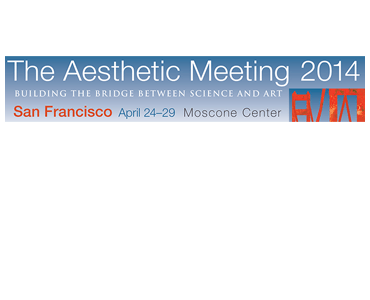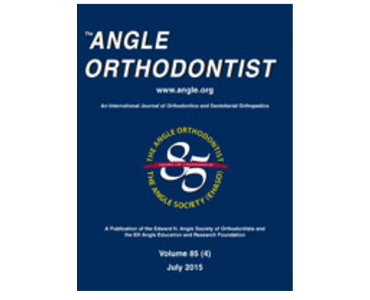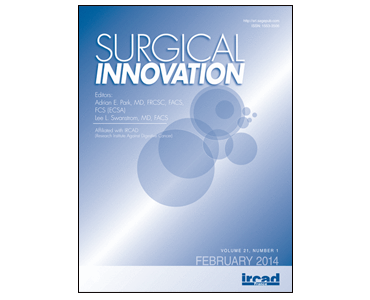Positional Plagiocephaly: Experience with a Passive Orthotic Mattress. P Sillifant, P Vaiude, S Bruce, D Quirk, A Sinha, S Burn, D Richardson, C Duncan.
Date: July 2014. Source: Journal of Craniofacial Surgery, 25(4):1365-8. Abstract: Positional plagiocephaly (deformational or occipital plagiocephaly) is the most common head-shape deformity, which is presented to specialist craniofacial units. The aim of management is to reduce pressure on the affected area in the expectation that brain growth will drive normalization of the head shape. Current…
Details









